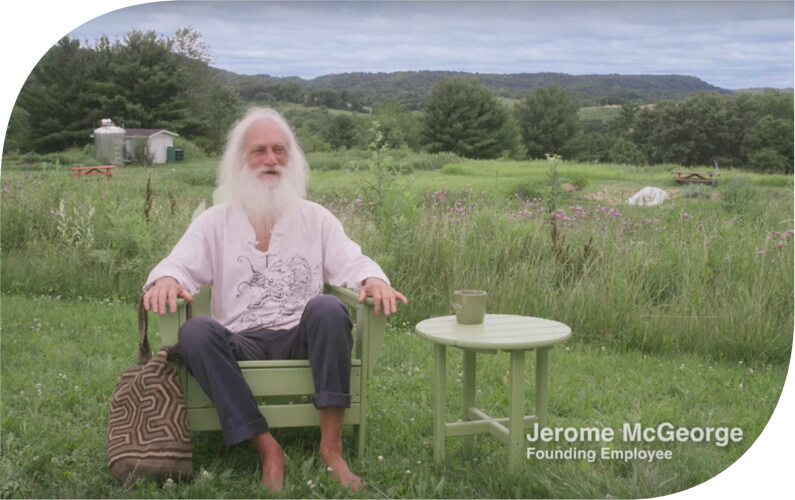
04 Dec The Purpose of Advertising
In today’s world of zero-based budgeting, marketers need to have a strong business rationale to spend on awareness-building advertising. Budgets are always tight and being fragmented by often very tactical digital initiatives.
Regardless of whether your channel for driving awareness is YouTube, traditional television, or social media, the challenge today is to give consumers a story worth talking about. A story they want to share with others. And there are really only three reasons to try to build broad awareness for your brand story through advertising today. You are either establishing, energizing, or evolving the brand story.
Establishing the Story
This objective is for brands that don’t yet have broad awareness or a following. For the most part, you are talking to prospects who don’t know your brand very well and don’t have strong associations with it. Your goal here is to give people a story to talk about and share with others. The story should be interesting and connect on a deeper emotional level by showing that you share their worldview or core values.
For a good example of this, see the new spot from the organic brand, Organic Valley. It tells the true story of how the company was founded in a very honest, funny and compelling way (Agency: Humanaut)
Energizing the Story
This objective is for established brands that have fairly broad aided awareness, but low top-of-mind awareness — the brand story lacks energy or relevance. Just as every James Bond movie brings energy to the ongoing story of James Bond, established brands need to show that their brand is still relevant to the lives of their consumers. In this case, you are talking to current users, but the story should also be compelling to your prospects, who haven’t yet discovered your brand.
Most big packaged goods brands fall into this situation. A good example of this strategy is the advertising for Band-Aid, a well-established brand with broad awareness of its story (but declining relevance). In the ad below, the brand reframes the product as part of a caring ritual. It is built on the insight that we cover the things we care, and brings the news that covering heals 5 days faster (Agency: BBDO).
Evolving the Story
Many brands have simply lost their juice. They had their day and have now very little relevance with consumers. They have become their father’s Oldsmobile. It is impossible (and foolish) to try to tell consumers they are wrong about the brand story they have in their heads of an old brand. We all believe what we believe. In this case, marketers need to find a truth about the brand and a very clever way to make it relevant to a new target. In the example below, Old Spice had an old story. The brand was pretty much dead. But the brand folks at P&G understood that the old brand story had a nugget of truth in it — the brand story was about experience and attraction. Weiden & Kennedy wrapped this insight in a new brand voice to a new younger audience (women who purchase for men!) to bring you “The Man Your Man Could Smell Like.” This campaign helped Old Spice become the top-selling body wash for men in 2010.
The problem for most brands is that they don’t even have a story to tell. Sure, a funny commercial may get a lot of publicity by running on the Super Bowl, but often this awareness is only about the ad, not about the brand story.
As you develop your plans for advertising, ask yourself these three questions:
Does our brand have a story today?
What story do consumers tell themselves about your brand today. What associations do they have with your brand? Don’t forget that the story is not in your marketing plans but in the consumers’ heads!
What is our brand story (and is it still relevant)?
What story do your consumers (and prospects) tell themselves about your brand? Is it relevant to the lives they are leading today?
Are we trying to establish, energize, or evolve our brand story?
Clarifying the answer to this question will guide your efforts and allow you to measure whether you are meeting your goals.
 Fritz Grutzner is president and founder of Brandgarten, a firm that specializes in uncovering the emotional drivers behind consumer behavior and using deep human insights to build powerful brand strategies. He can be reached at fgrutzner@brandgarten.com.
Fritz Grutzner is president and founder of Brandgarten, a firm that specializes in uncovering the emotional drivers behind consumer behavior and using deep human insights to build powerful brand strategies. He can be reached at fgrutzner@brandgarten.com.


